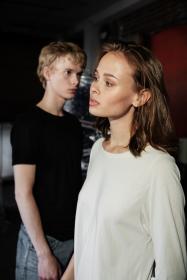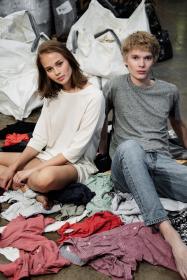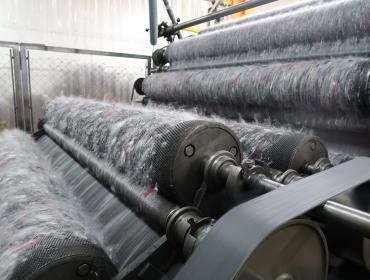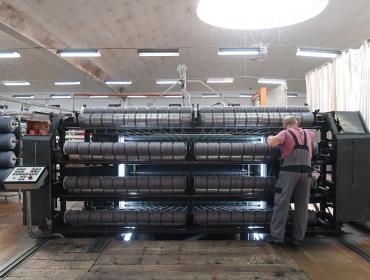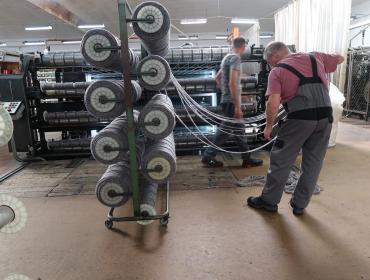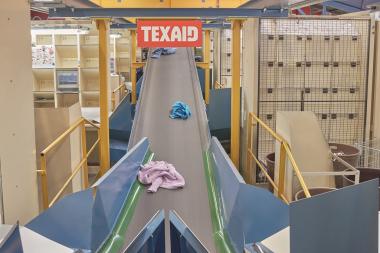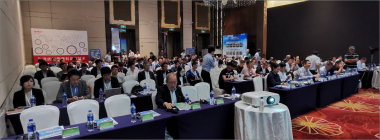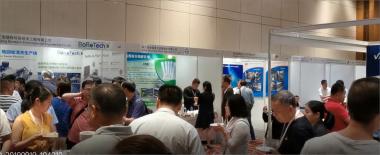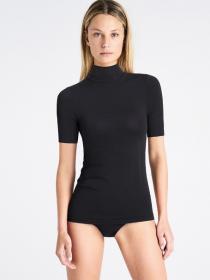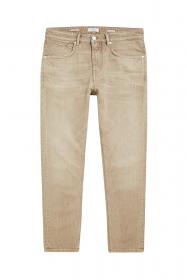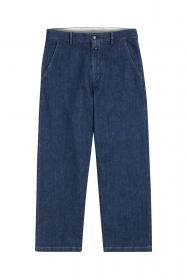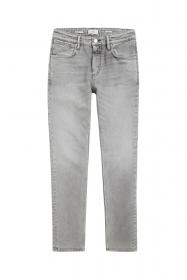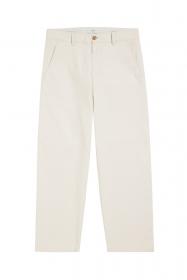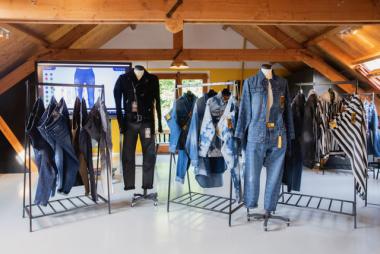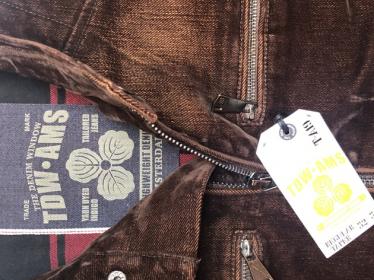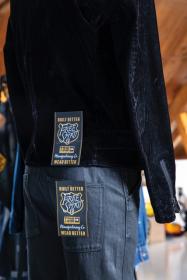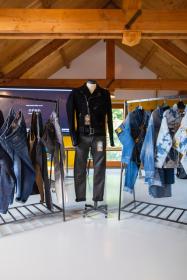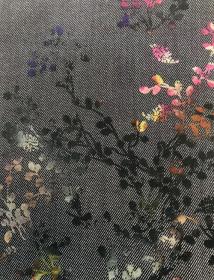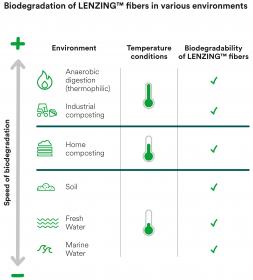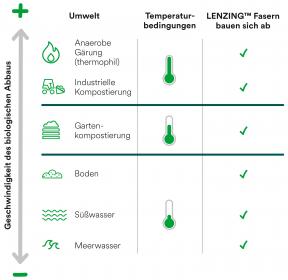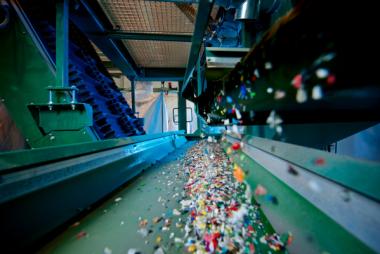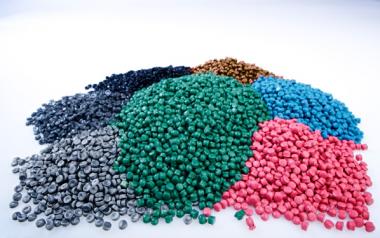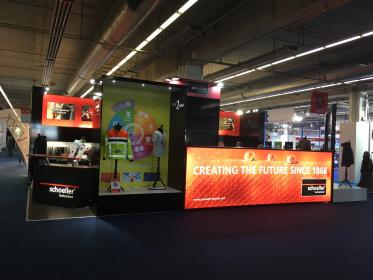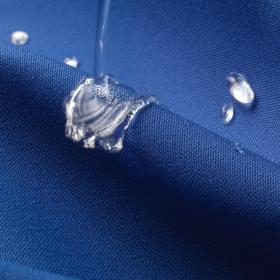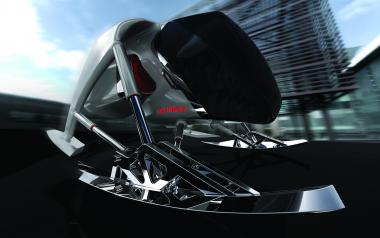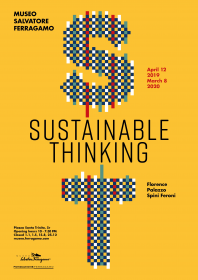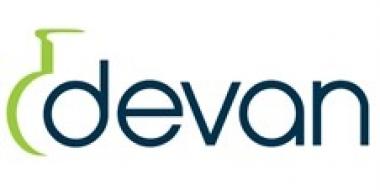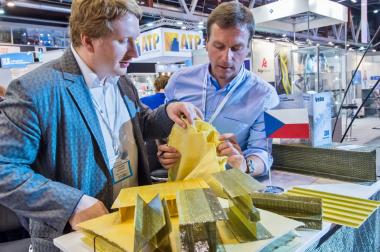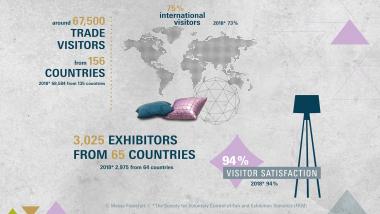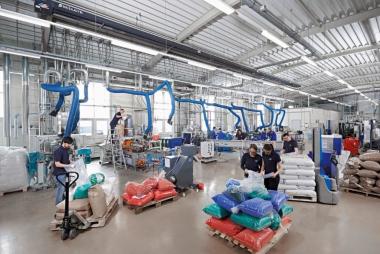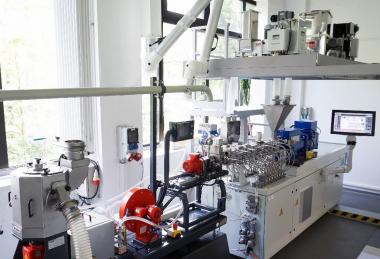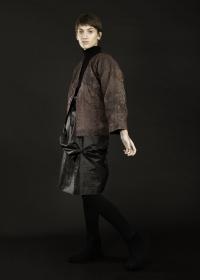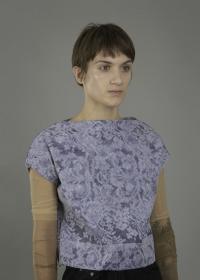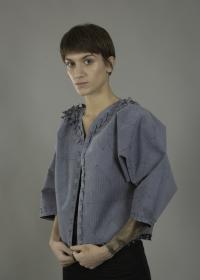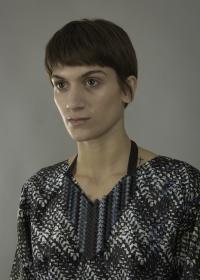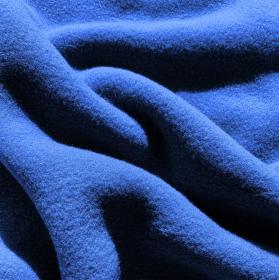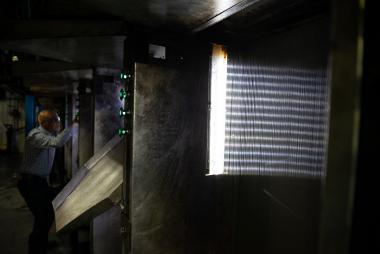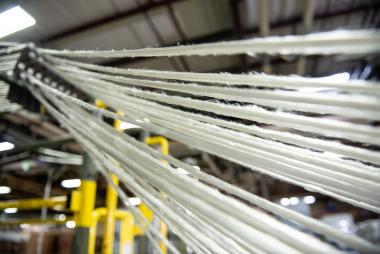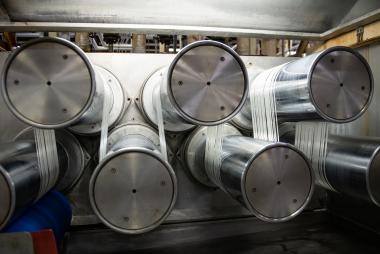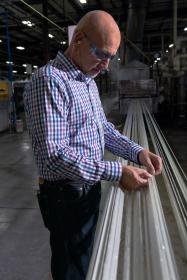Maisie Williams dresses up with Infinited Fiber
Global fashion brand Weekday decided to show initiative in circular fashion on White Monday and is now the world’s first global fashion brand who has published a garment from IFC fabric.
Weekday wanted to raise awareness of IFC by contacting Maisie Williams who’s known to speak about causes she cares about. Maisie co-designed a two-piece outfit which is made entirely from IFC fabric.
IFC’s technology enables the millions of kilos of textile waste that is currently burned or landfilled, to be turned into a cost efficient, high quality cotton-like fiber.
”Infinited Fiber Company has a really interesting new recycling technique that has potential to help Weekday in our goal towards 100% recycled or sustainably sourced materials. For us, this material is extra interesting because of its cotton-like appearance and durability,” says Ulrika Jakobsson, Sustainability and Material Responsible at Weekday.
IFC provided Weekday with a few meters of newly processed denim fiber to test and they are now the first in the world to use this fabric.
At the moment this garment is not a collection that can be purchased. Weekday is testing the material and they are hoping to create a full collection soon.
IFC‘s technology is operating in Finland and is patented, proven and ready for global up-scaling and licensing. Its investors include global fashion corporation H&M Group and Singapore based global biomaterials company RGE Pte Ltd.
Infinited Fiber Company




